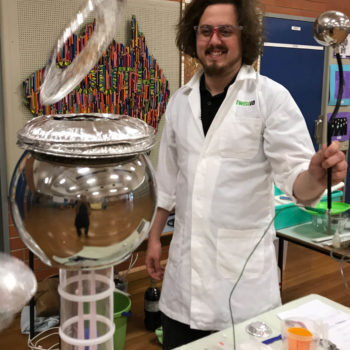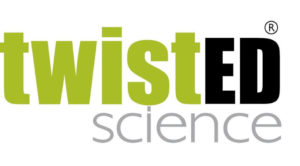Sparks and Quarks
LEARNING OUTCOME
What types of materials conduct electricity? How can we make pathways and design circuits that move electricity? What is current and static electricity?
SESSION activities
- Use multi-function boards to construct electrical pathways.
- Investigate using light globes, fans and buzzer circuits.
SCIENCE EDUCATOR demonstrations
- Van de Graaff Generator… using
static and current electricity and transfer of energy.
- Introduce current electricity using atomic models.
STUDENT experiments
- Make a simple electrical circuit.
- Make a series of circuits.
- Complete a parallel circuit.
- Make a conductivity tester.
- Design an electrical circuit.
POST WORKSHOP ACTIVITIES.
2 HR OPTION INCLUDES
EXTENSION & INVESTIGATION ACTIVITIES.
PHYSICAL SCIENCE
Australian curriculum
Yr5- 6 Electrical energy can be transferred and transformed in electrical circuits and can be generated from a range of sources (ACSSU097)
Science involves testing predictions by gathering data and using evidence to develop explanations of events and phenomena and reflects historical and cultural contributions(ACDHE098)
Identify, plan and apply the elements of scientific investigations to answer questions and solve problems using equipment and materials safely and identifying potential risks (ACSIS103)
victorian curriculum
Yr 5-6 Energy from a variety of sources can be used to generate electricity; electric circuits enable this energy to be transferred to another place and then to be transformed into another form of energy (VCSSU081)
With guidance, pose questions to clarify practical problems or inform a scientific investigation, and predict what the findings of an investigation might be based on previous experiences or general rules (VCSIS082)
With guidance, plan appropriate investigation types to answer questions or solve problems and use equipment, technologies and materials safely, identifying potential risks (VCSIS083)
Suggest improvements to the methods used to investigate a question or solve a problem (VCSIS087)

